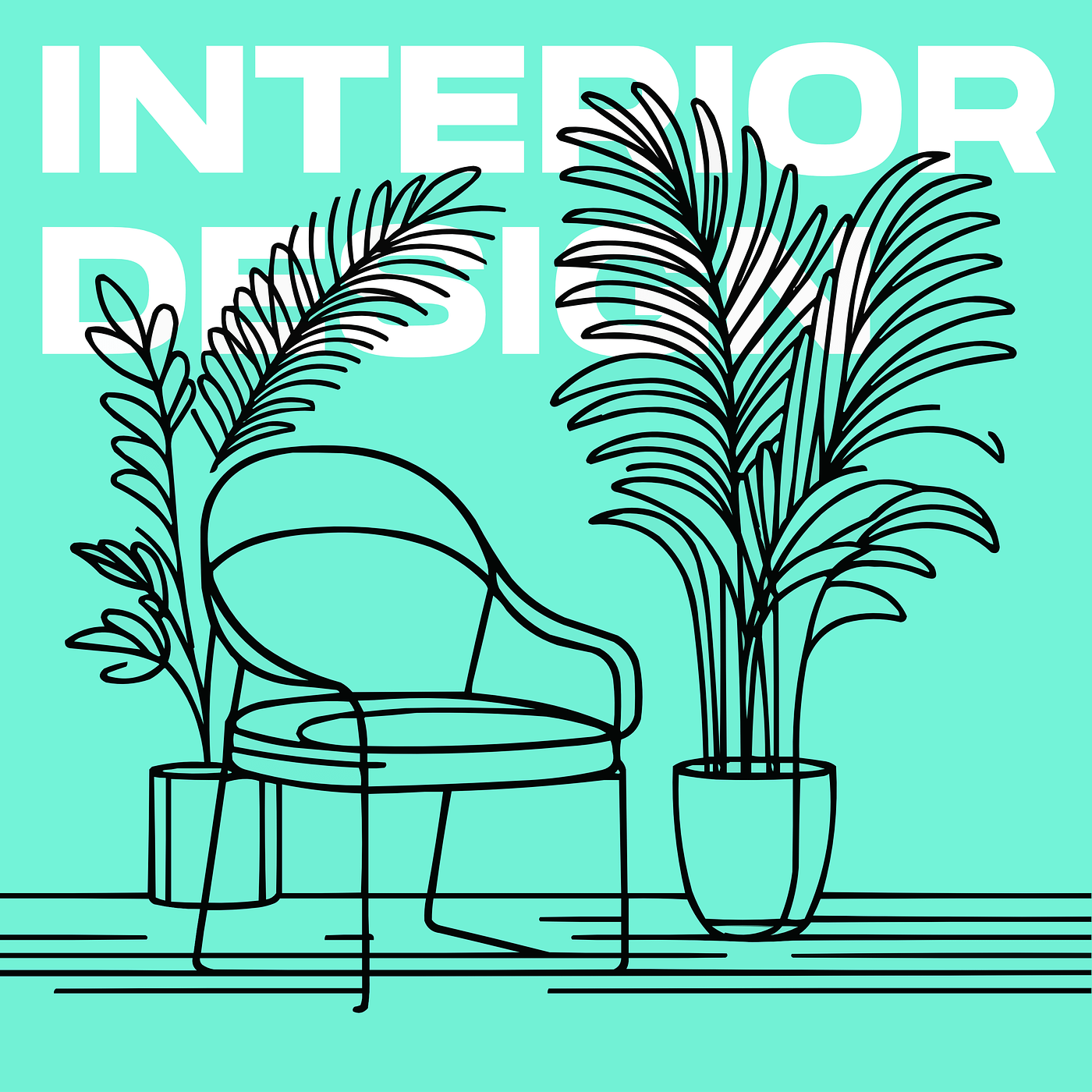Podcast Episode Details
Back to Podcast Episodes
The Dance of Dynamics: Exploring Movement in Interior Design
Hello, and welcome to "Interior Design for Beginners," where we open the door to the captivating world of design for enthusiasts like you. In today's episode, we dive into the enchanting world of dynamics and movement in interior design. A concept that might seem intangible at first, but once you grasp it, you'll see your space transform in ways you never imagined. Let's embark on this journey together and discover how to infuse your home with a sense of motion and life, turning static rooms into stories in motion. Movement in interior design doesn't refer to physical movement, but rather the visual flow and the way your eyes dance around a room, drawn from one feature to another. It’s about creating a narrative within your space that guides the viewer's gaze effortlessly, creating a dynamic environment that’s both engaging and harmonious. Imagine walking into a room and feeling a silent melody guiding you through; that's the power of incorporating dynamics in your design. So, how do we achieve this? First and foremost, it's essential to understand that movement can be created in various ways - through lines, forms, colors, and textures. Starting with lines, you can introduce movement by incorporating both vertical and horizontal lines that guide the eyes in a certain direction. Think of a tall, vertical floor lamp or a long, horizontal shelf. These elements can create pathways that the eyes follow, adding a sense of direction to your space. Forms play a huge role too. Curvy, organic shapes can mimic the flow of movement, softening the room and making it more inviting. A round coffee table, or an undulating sofa design, can serve as focal points that encourage the eyes to meander and explore. Color is another powerful tool. A gradient or an ombre effect on a wall can visually propel the observer through the room, creating a dynamic experience. Even the strategic placement of colored accessories can guide the eyes from one part of the room to another, weaving a visual tale. Textures add a tactile dimension to movement. Imagine the contrast of a smooth, shiny marble countertop against a rustic, rough wooden table. This interplay of textures not only pleases the touch but also the eyes, as it moves from one texture to the other, exploring the diversity within the space. One pro tip is to use the art of repetition to establish a rhythm in your design. Repeating patterns, shapes, or colors can create a visual tempo, making the room come alive. Just like in music, repetition can create anticipation and satisfaction, guiding the observer through a choreographed dance of design elements. Finally, consider the layout of your furniture and accessories. Thoughtful placement can encourage movement, guiding the observer's journey through the space. Create open pathways and arrange elements in a way that beckons exploration and interaction. In conclusion, integrating the concept of movement into your interior design isn't just about aesthetics; it's about crafting spaces that are alive and engaging, inviting the observer to journey through your personal narrative. Don't be afraid to experiment and remember, the goal is to make your space not just seen, but felt and experienced. Thank you for joining me on this exploration of movement in interior design. Until next time, keep dancing through the magnificent world of design, and let your interiors sing the song of dynamic beauty.
Brought to you by Room AI
Published on 3 days, 16 hours ago